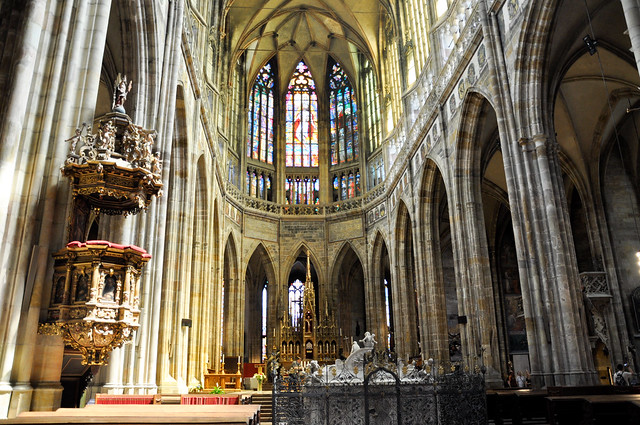
Foi o primeiro monumento que fomos visitar dentro do complexo do Castelo de Praga, a Catedral de St. Vitus (ou Vito) era um dos lugares que não queríamos deixar de visitar na cidade.
Apesar do seu exterior de estilo gótico, esta Catedral só ficou completa no século XX antes da sua consagração a 1929, quase seiscentos anos depois da primeira pedra da sua construção e de ter passado por outros estilos arquitectónicos, por um incêndio até ao que vemos hoje.
It was the first monument that we visited within the complex of the Prague Castle, the Cathedral of St. Vitus (or Vito) was one of the places we could not miss while visiting the city.
Despite its Gothic style exterior, this cathedral was completed only in the twentieth century before his consecration to 1929, almost six hundred years after the first stone of its construction and having passed by other architectural styles, survived a fire until what we see today .
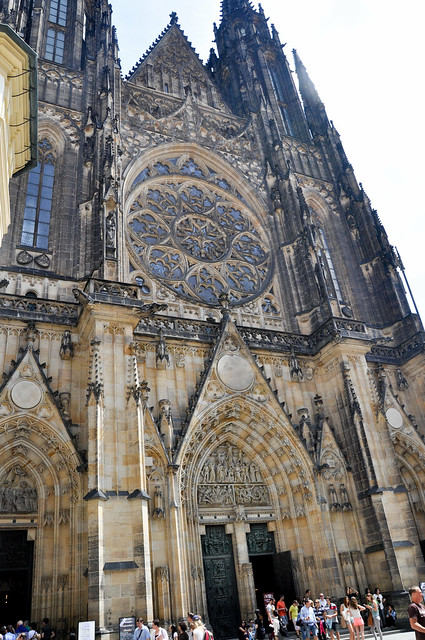
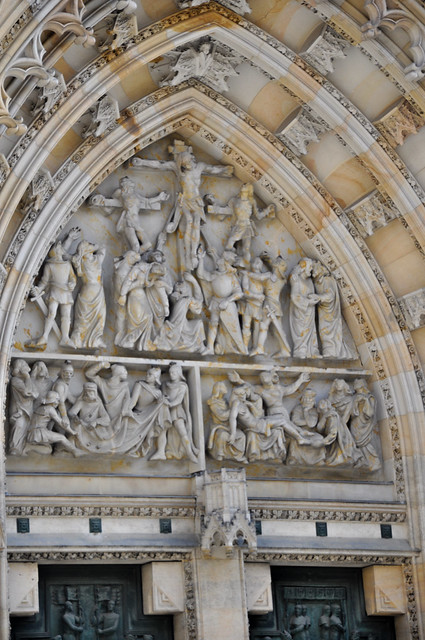
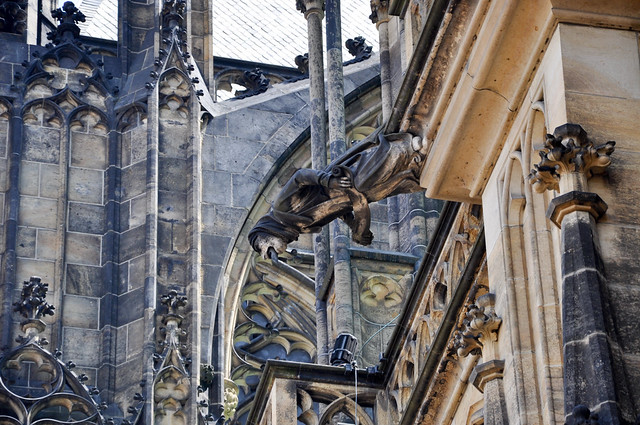
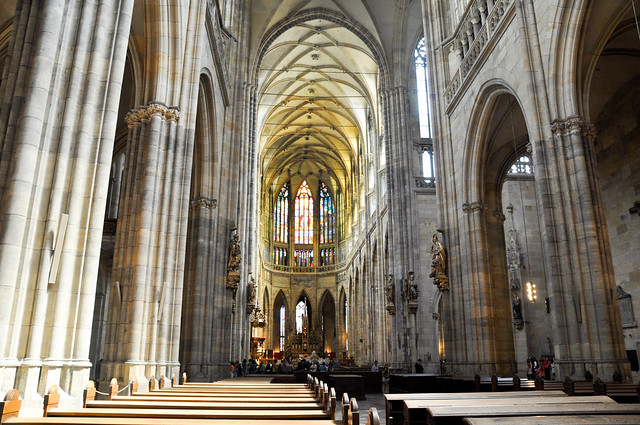
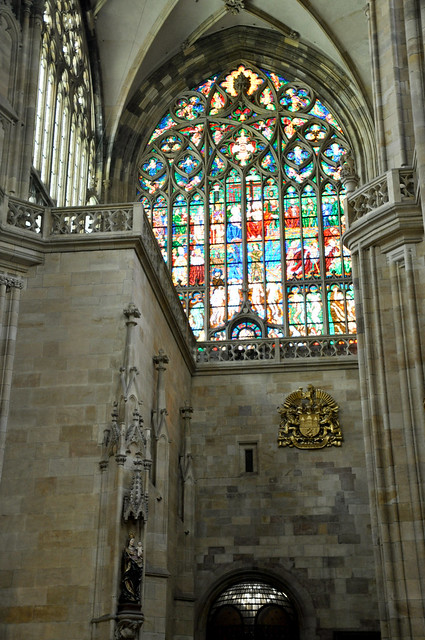
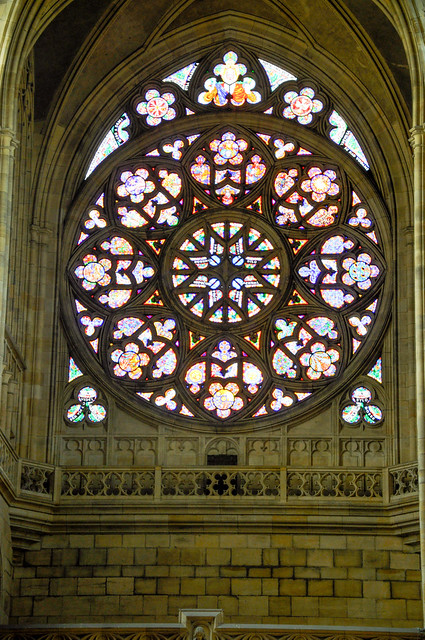
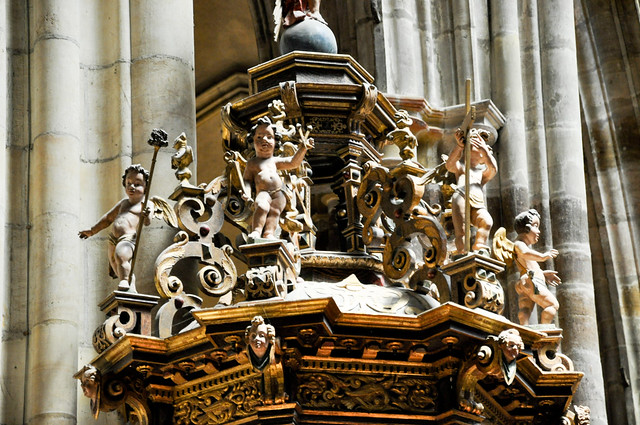
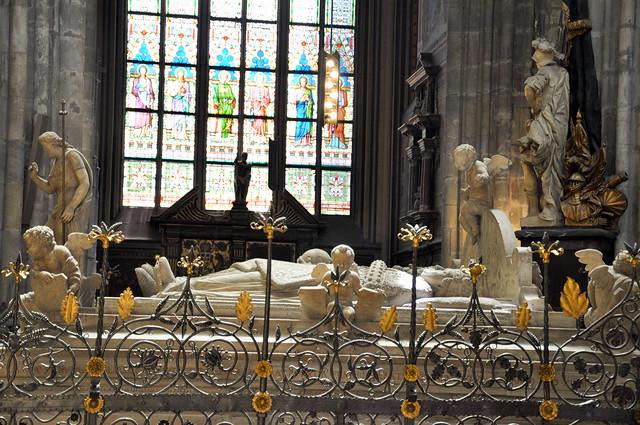
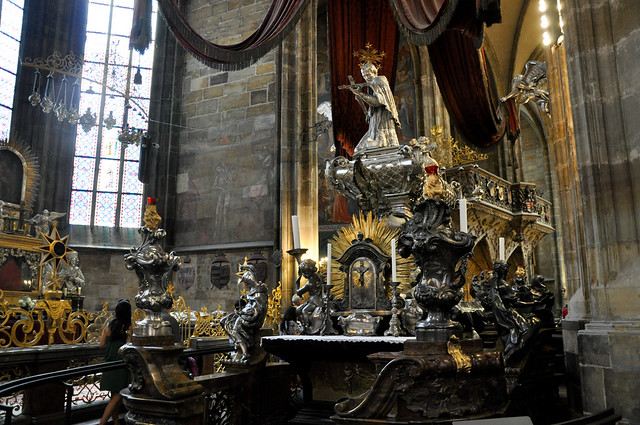
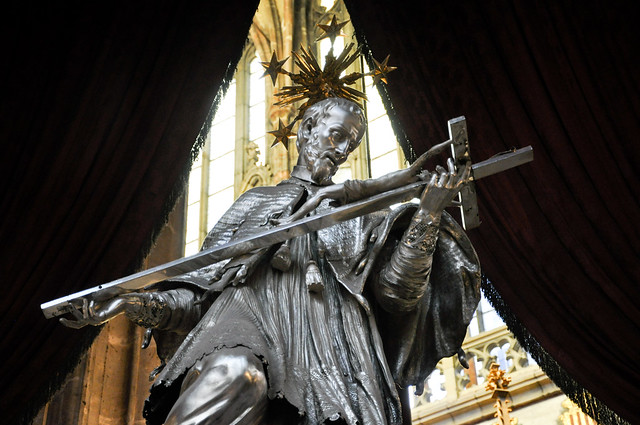
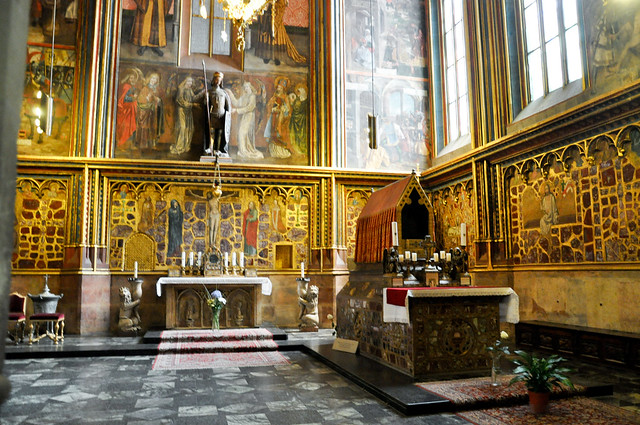
It was the first monument that we visited within the complex of the Prague Castle, the Cathedral of St. Vitus (or Vito) was one of the places we could not miss while visiting the city.
Despite its Gothic style exterior, this cathedral was completed only in the twentieth century before his consecration to 1929, almost six hundred years after the first stone of its construction and having passed by other architectural styles, survived a fire until what we see today .


As gárgulas no exterior fazem-me lembrar a Notre Dame de Paris mas o interior é mais luminoso que o da famosa Catedral da capital francesa graças também a uma grande quantidade de janelas decoradas com vitrais de vários contributo de vários artistas da cidade. Um dos que mais gostei foi o da Rosácea por cima da porta principal.
Se não conheces muito sobre a história de Praga aqui é um bom sitio para o fazer, no seu interior está o ornamentado túmulo de S. João Nepomuceno. Ao centro podemos ver os túmulos do Imperador Fernando I, filho de Filipe e Joana (a Louca e filha dos Reis Católicos de Espanha) junto á sua mulher Anna de Bohémia. Uma curiosidade deste casal foi que tiveram quinze filhos dos quais apenas dois não chegaram a uma idade adulta, um grande feito para o século XVI.
Já quase no final da visita parámos na capela de S. Venceslau que não podes entrar mas de fora já podemos ter uma ideia da sua beleza, com as paredes decoradas com painéis e uma escultura do santo ao meio. O homem que hoje é o santo padroeiro de Praga, era duque da Boémia no século X e foi ele que mandou construir no local da catedral uma pequena igreja dedicada a S. Vito. Ia a caminho dela quando foi assassinado a mando do seu irmão, este acto de crueldade fez com que se transformasse num mártir.
The gargoyles on the outside remind me of the Notre Dame de Paris, but the interior is brighter than the famous Cathedral of the French capital thanks also to a good number of stained glass windows decorated by various artists from the city. One I liked was the Rosacea above the main door.
If you do not know much about the history of Prague here is a good place to do so, inside there is the ornate tomb of S. John Nepomuk. At the center we can see the tombs of Emperor Ferdinand I, son of Philip and Joanna (the Mad and daughter of the Catholic Kings of Spain) next to his wife Anna of Bohemia. A curiosity was that this couple had fifteen children of which only two have not reached an adult age, a great achievement for the sixteenth century.
Almost at the end of the visit we stopped in the chapel of S. Wenceslas you can not get in but we can get an idea of its beauty, with paneled walls and a sculpture of the saint in middle. The man who is now the patron saint of Prague, was Duke of Bohemia in the tenth century and it was he who built in place where today lies the catedral, a small church dedicated to S. Vito. It was on the way to it that he was assassinated on the orders of his brother, this act of cruelty has made him become a martyr.









Our guide:

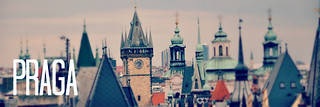
Sem comentários:
Enviar um comentário